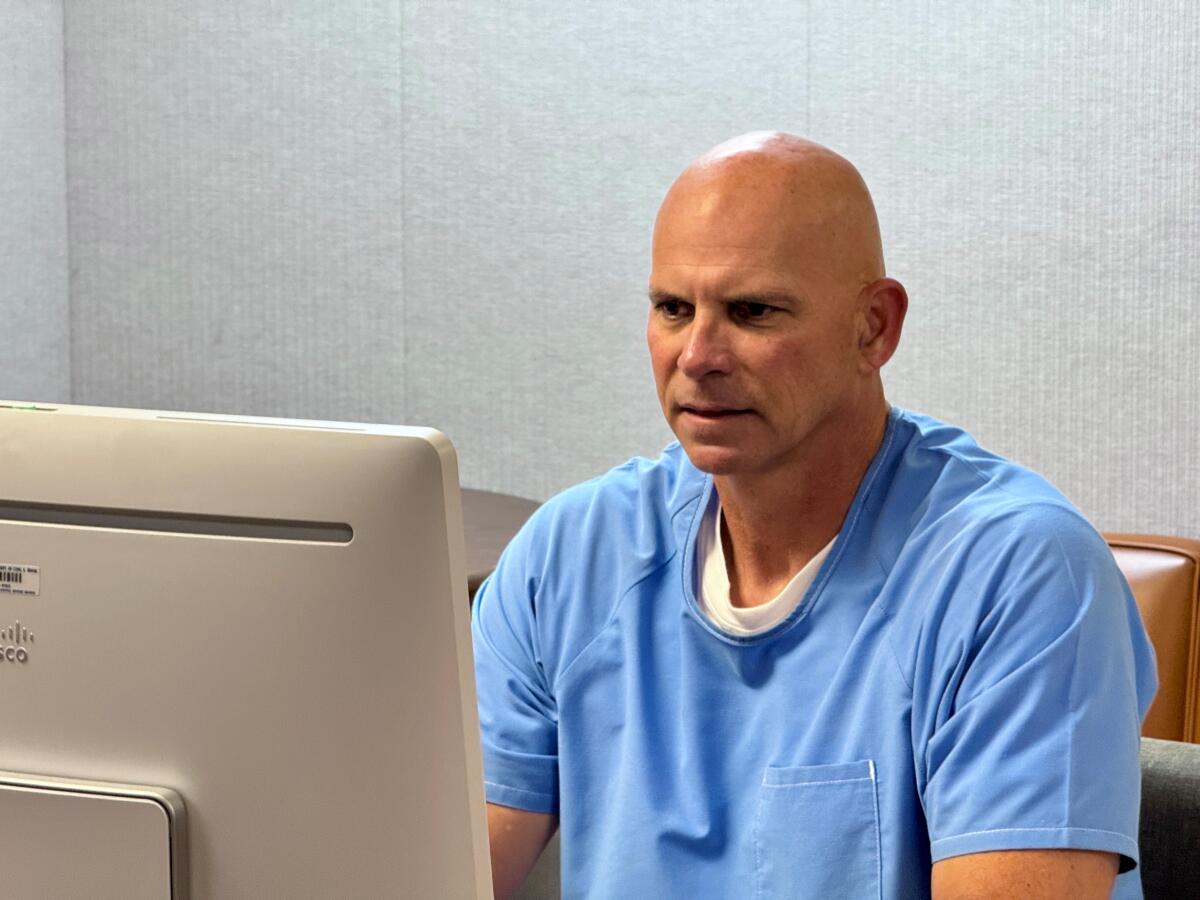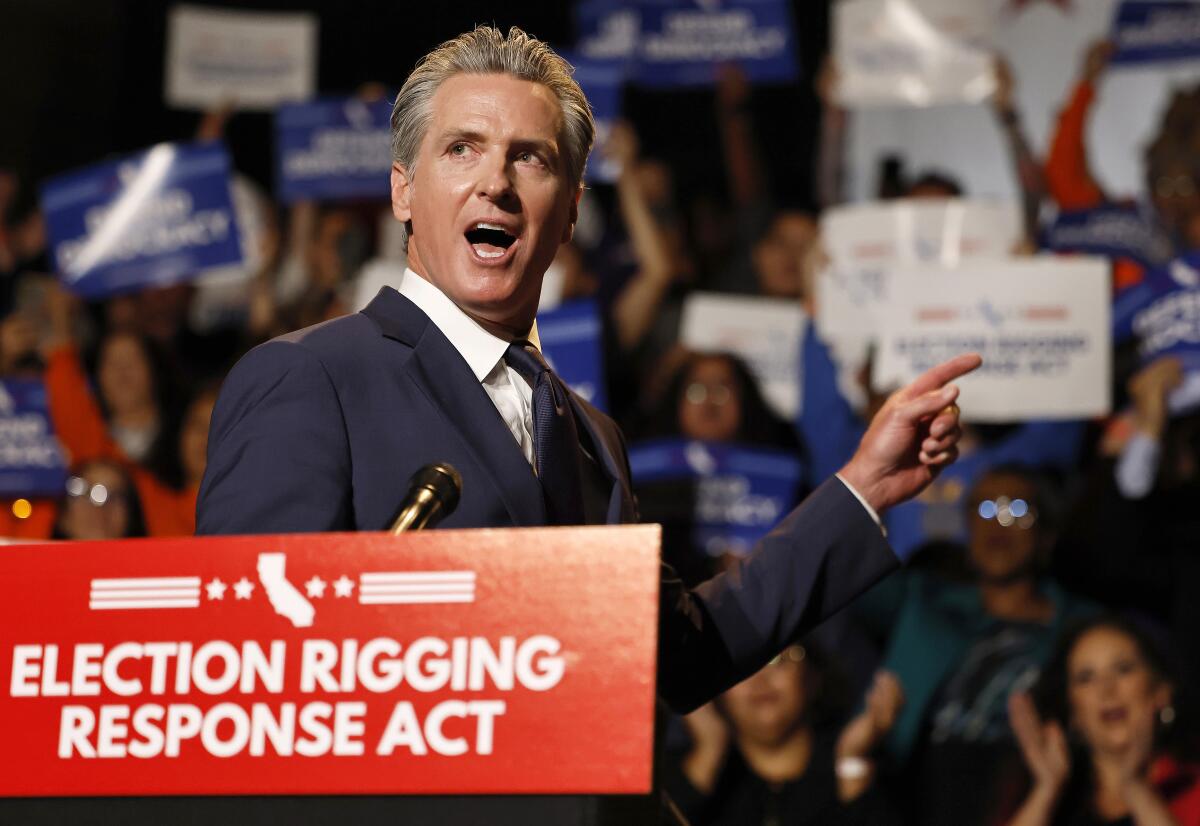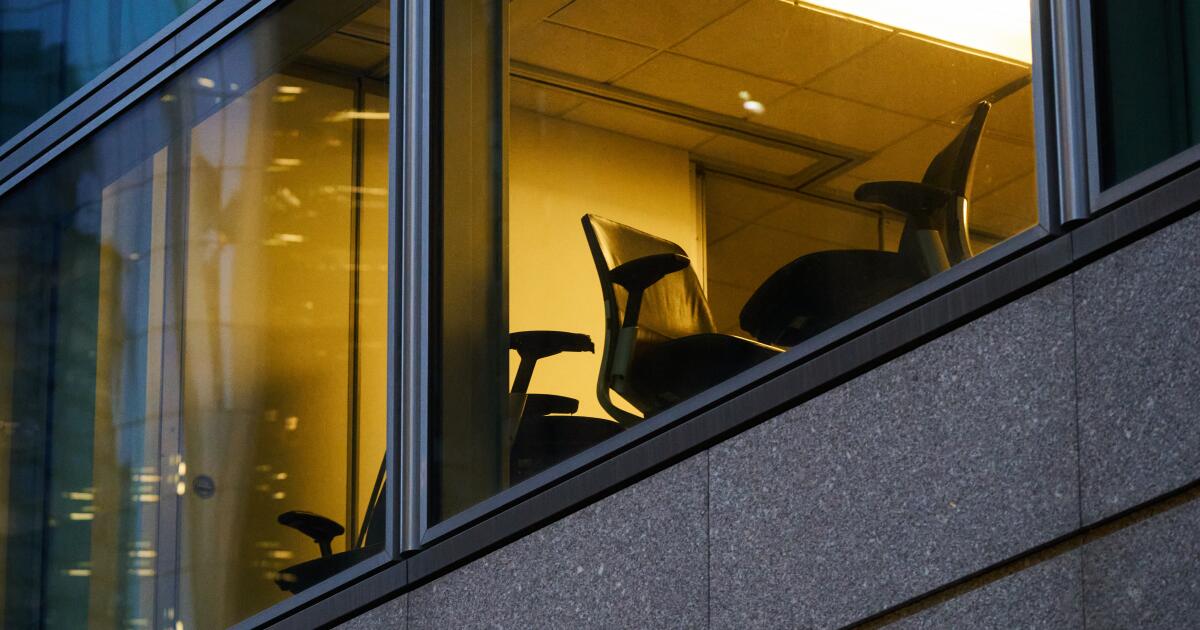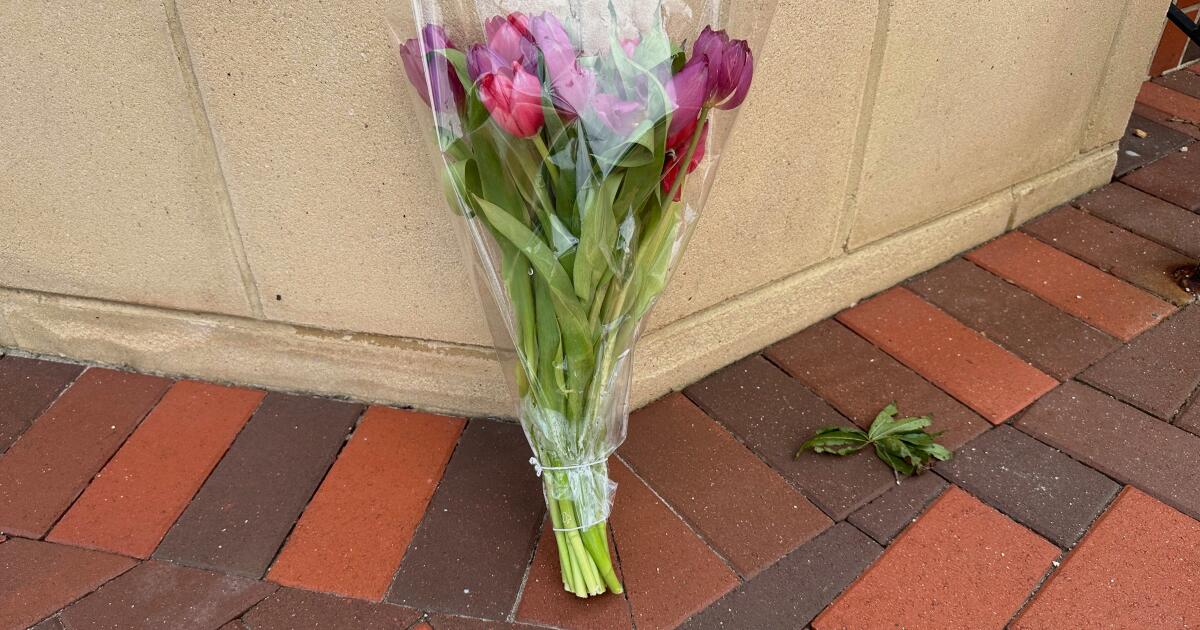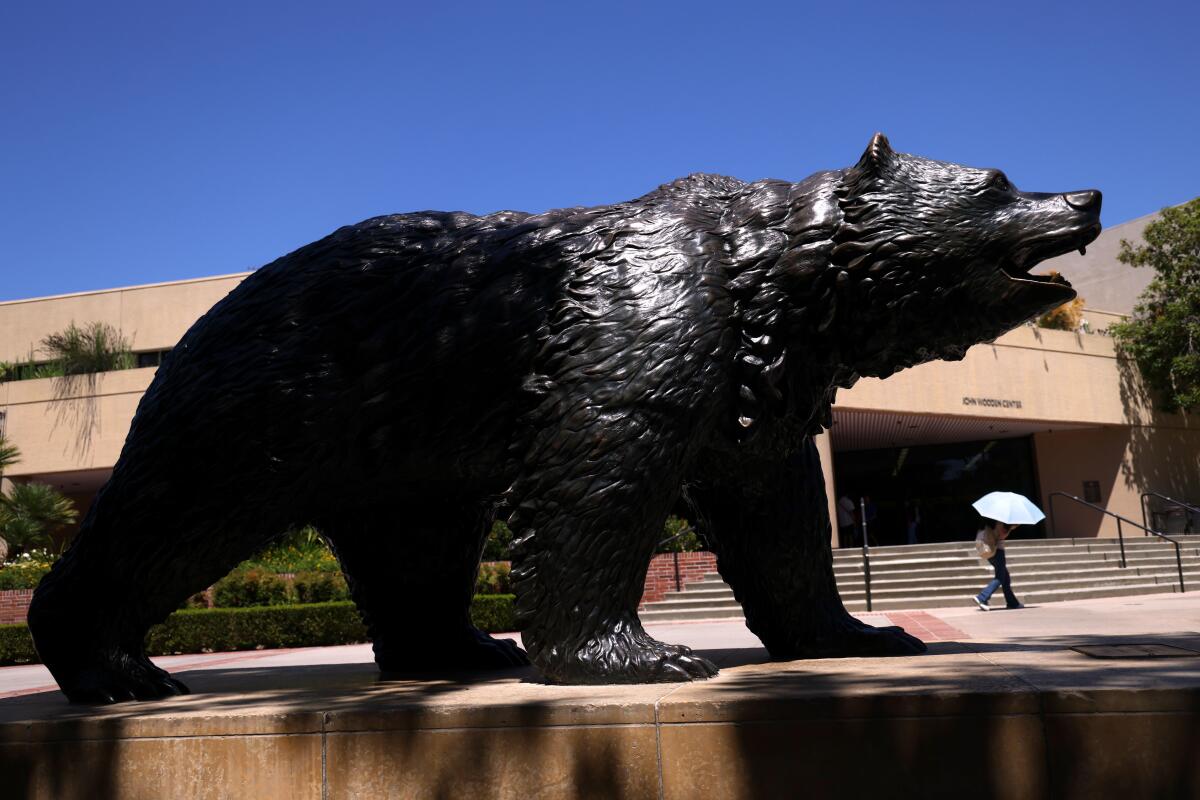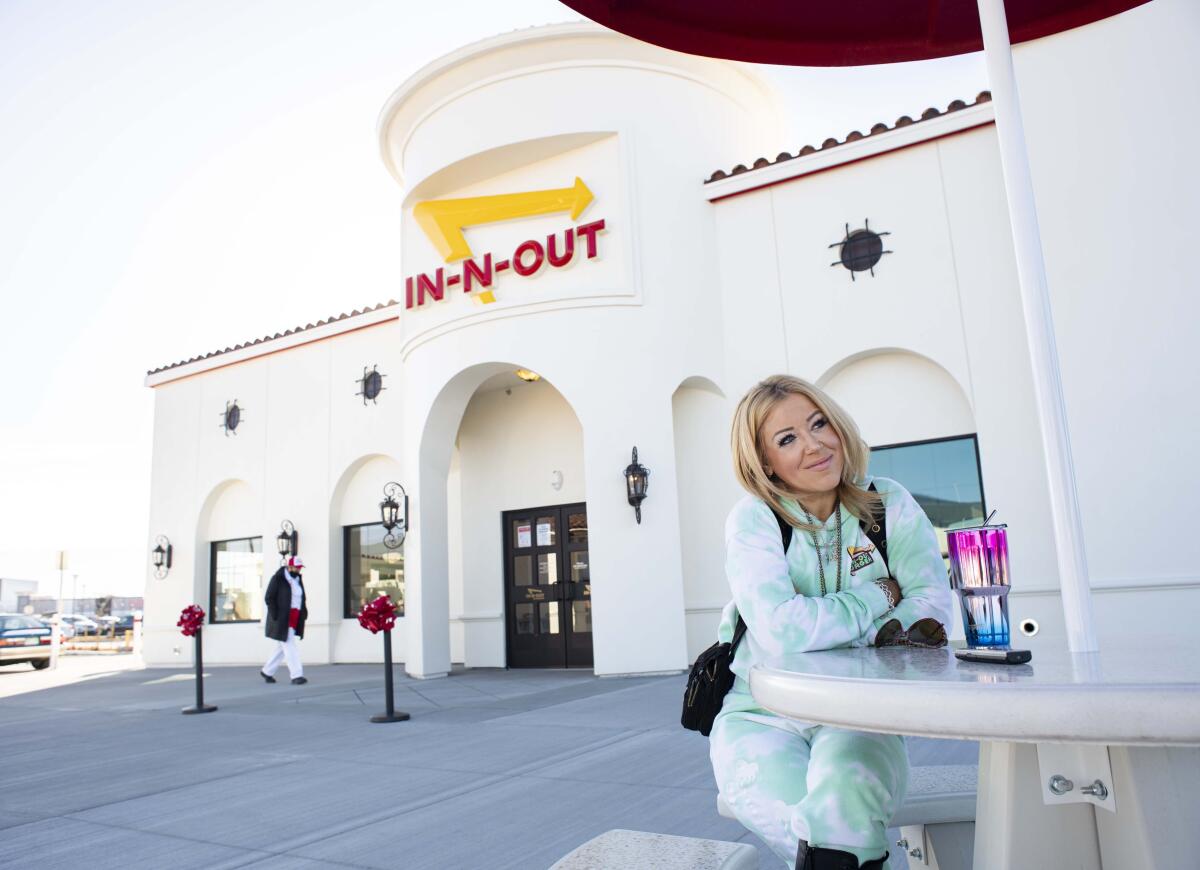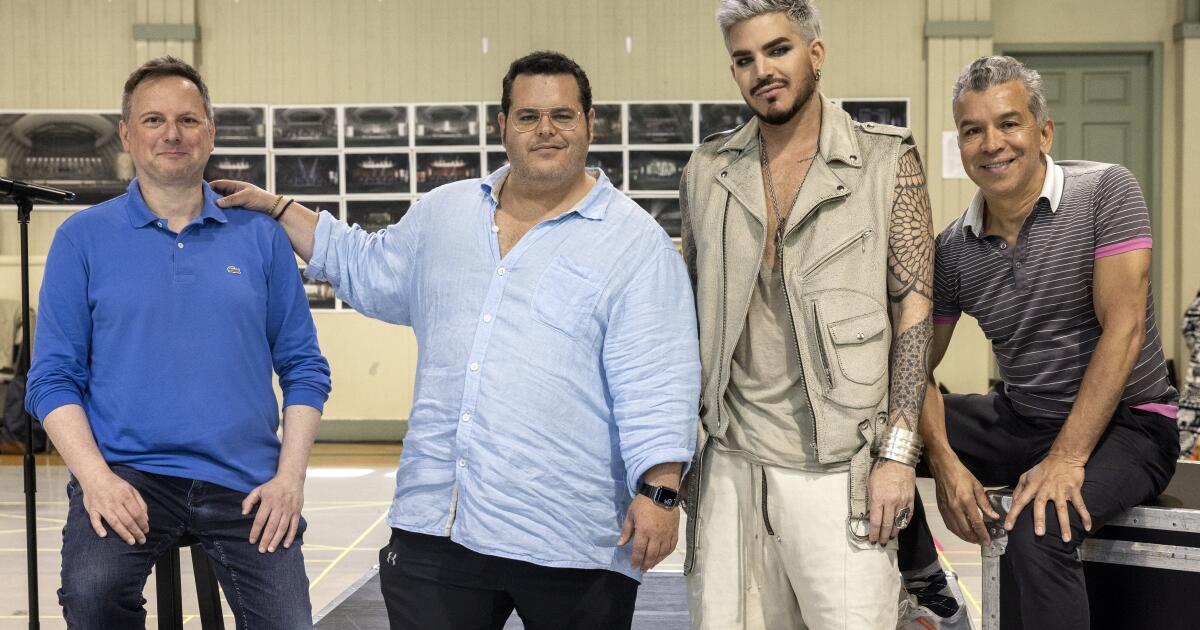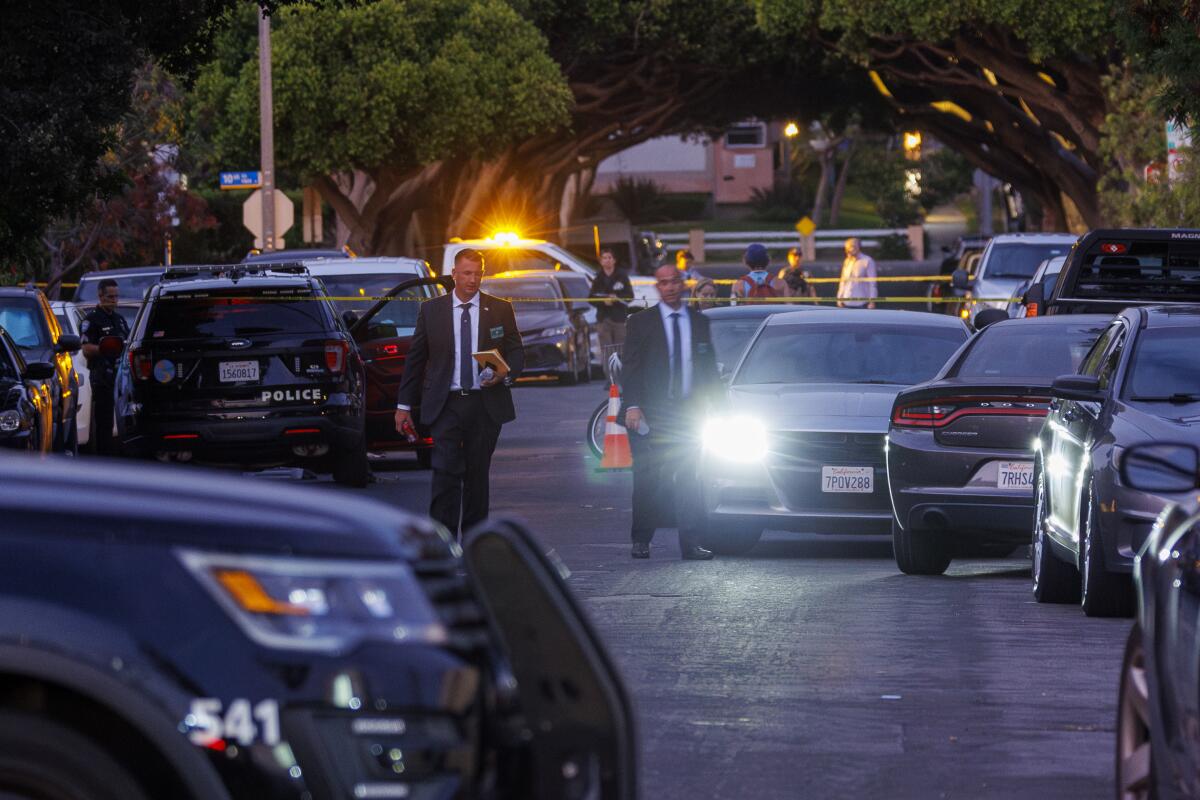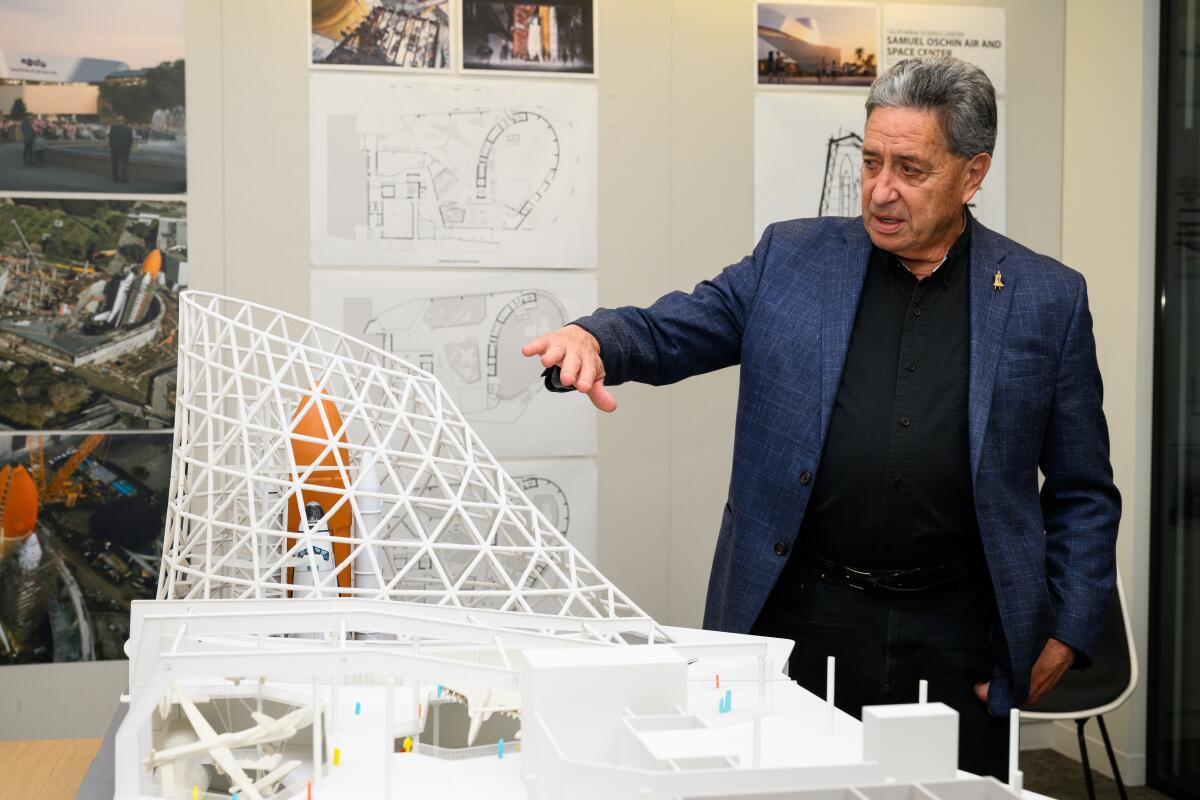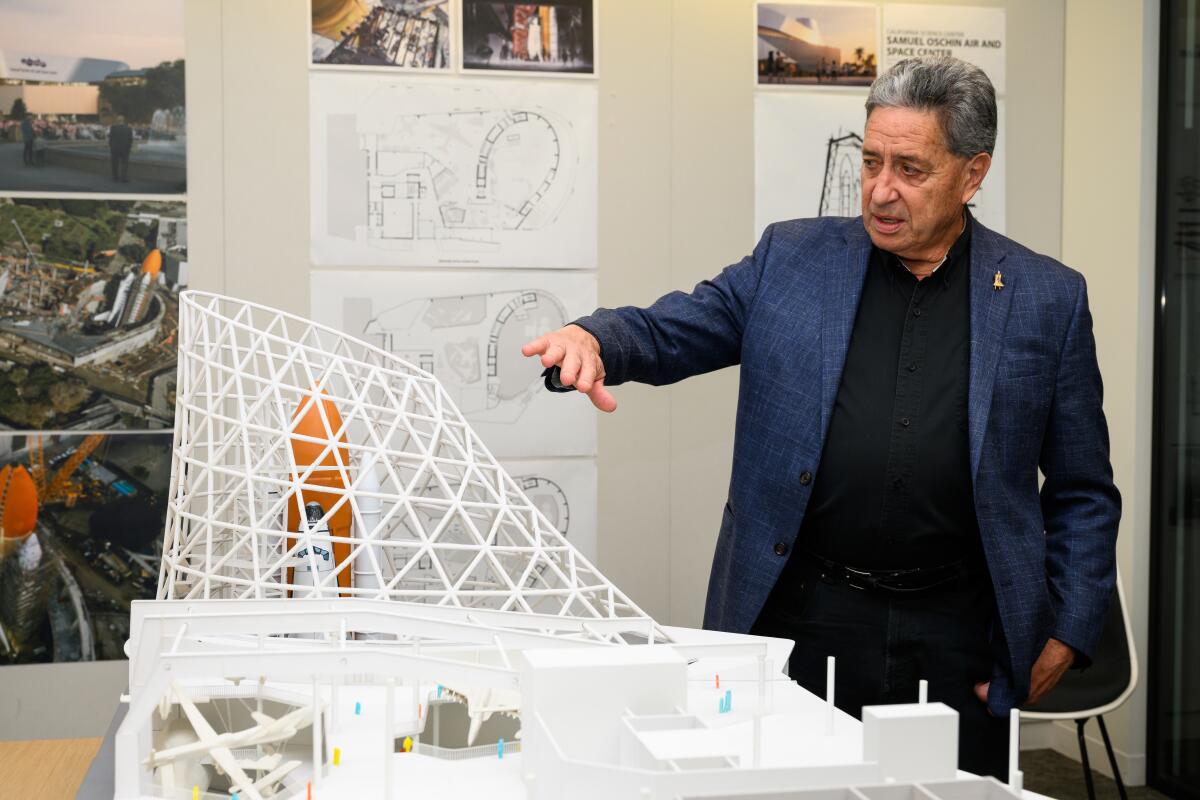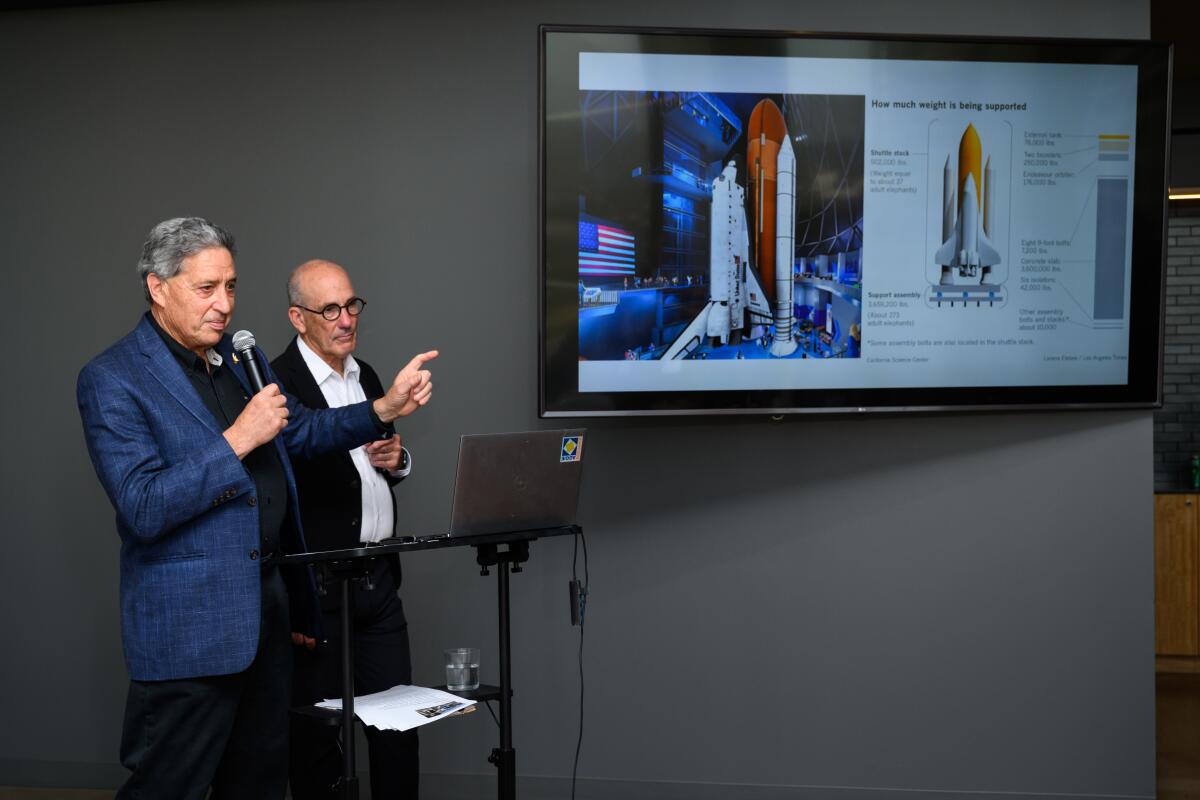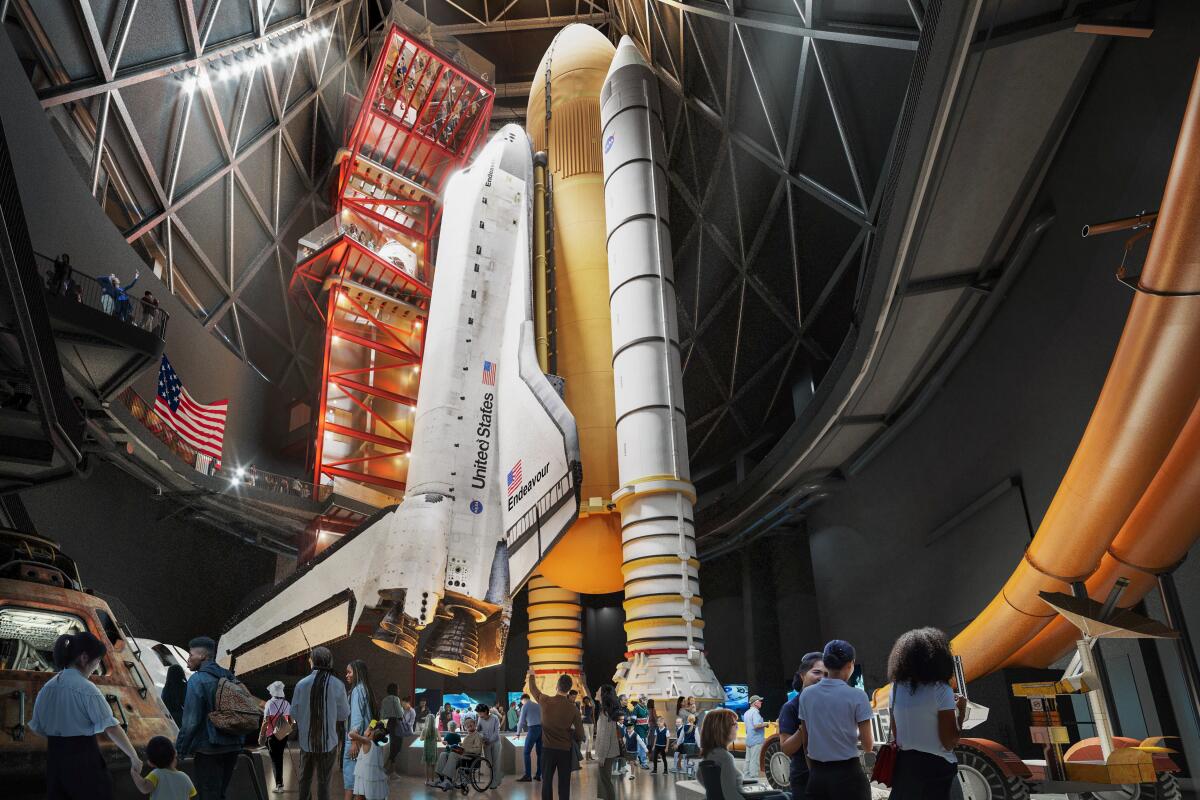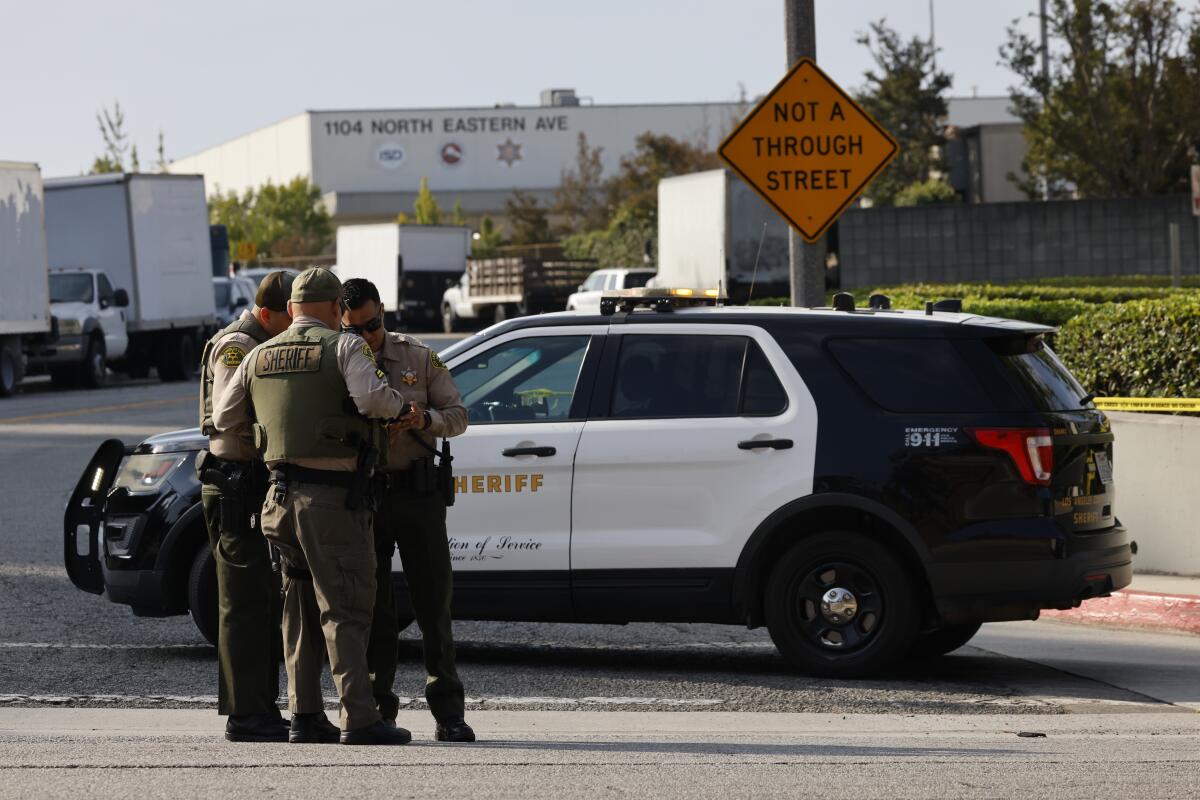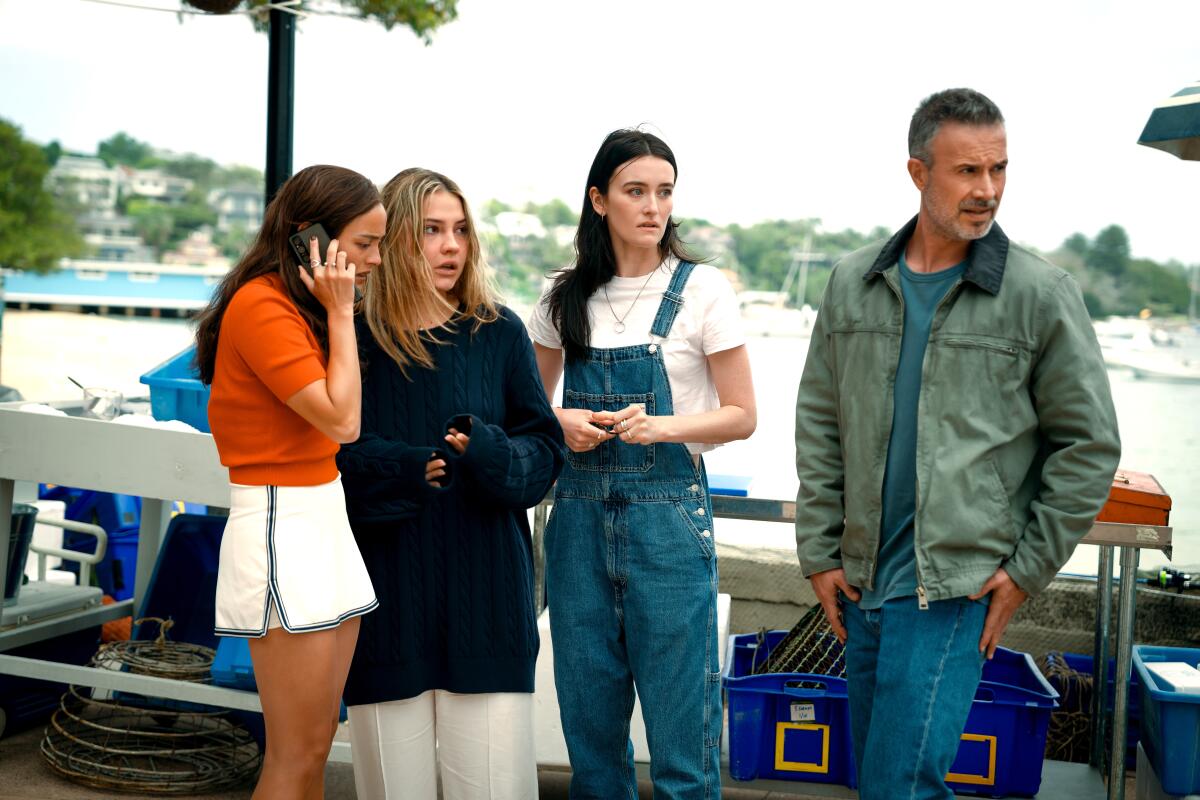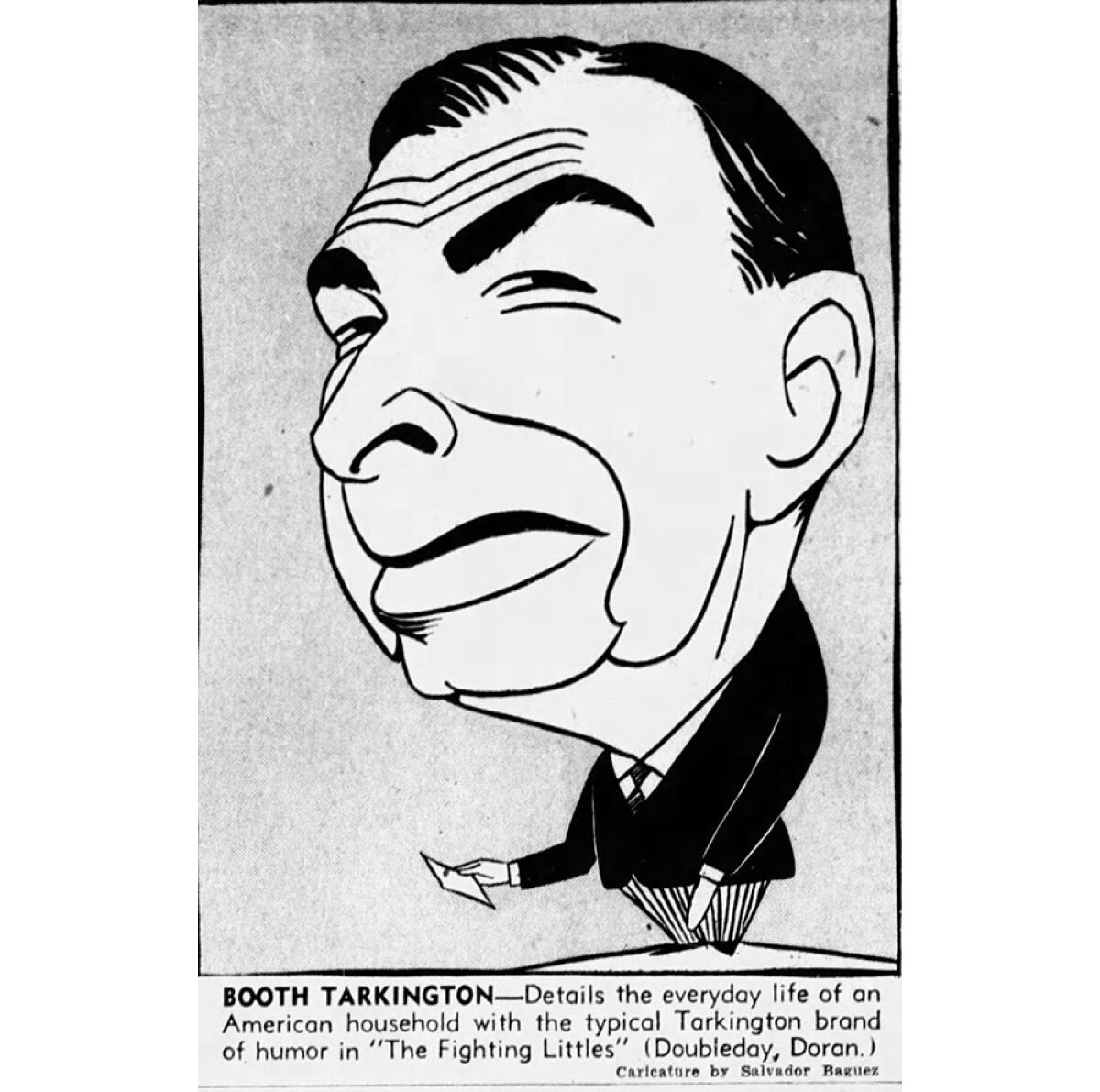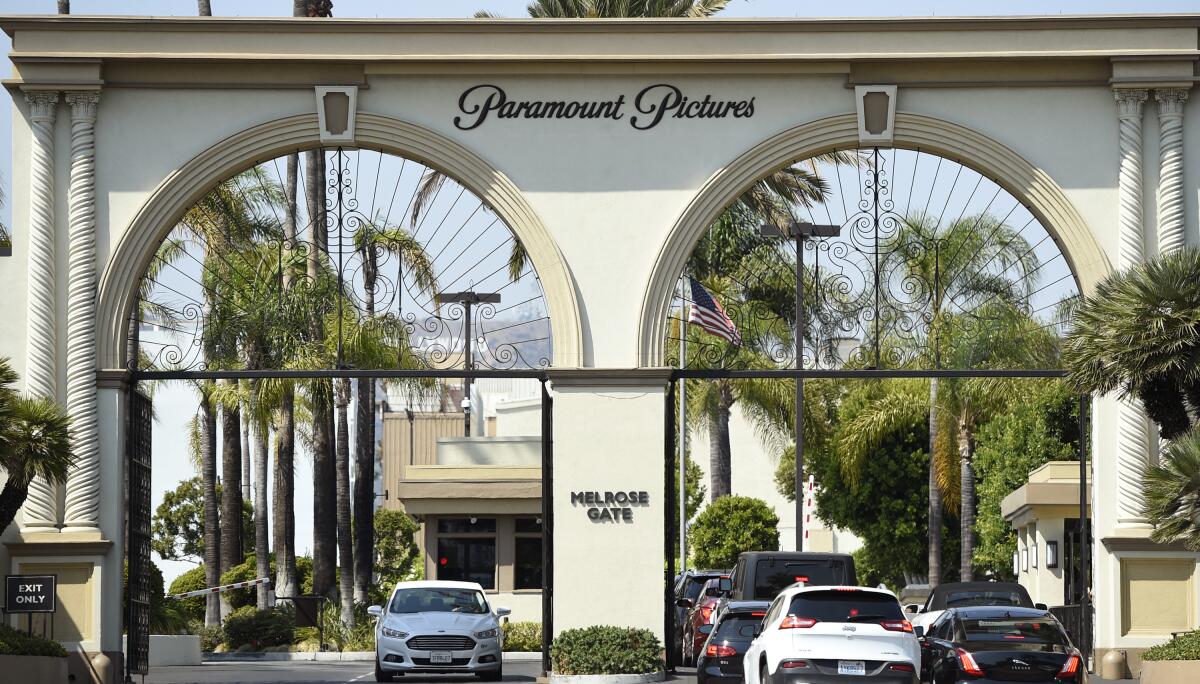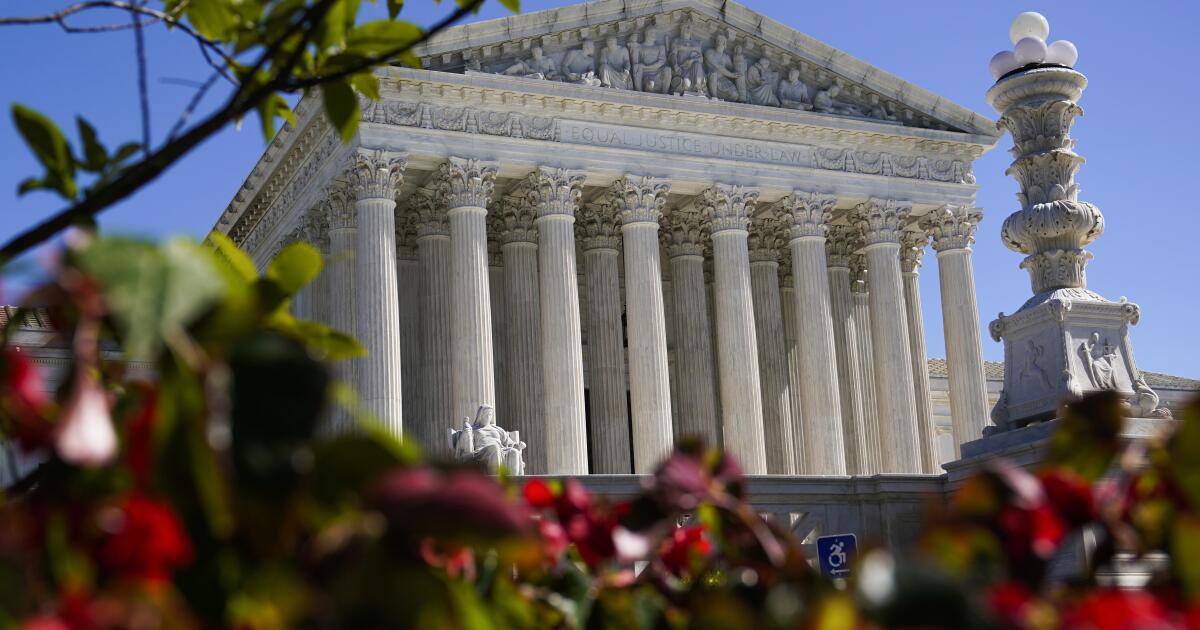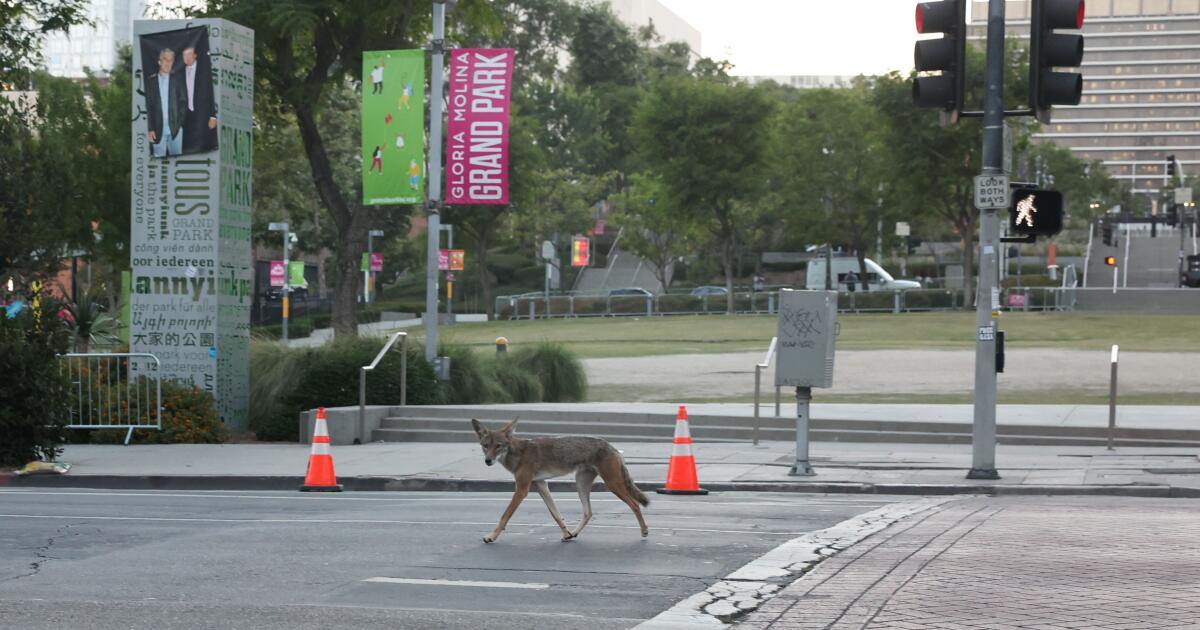Ryan Losasso and Jade Beaty, 30, are now known as Live The Dash and travel across the world filming their exploits for their TikTok account, which is followed by 505,000 people
A couple quit their desk jobs and now travel the world full-time after discovering what they had captured on holiday.
Ryan Losasso and Jade Beaty, 30, are now known as Live The Dash, one of the biggest UK travel creators with 505,000 followers on TikTok. They live a life many dream of, getting paid to whizz around the world to intriguing destinations.
The advertising workers had not planned to become full-time TikTok content creators. In fact, it wasn’t until they returned from a big six-month trip at the turn of the Covid lockdowns that they realised what they were sitting on.
“We had all this video content when the world shut down, and we had a lot of time on our hands. So we turned to this huge stock of footage,” Ryan told the Mirror. “We set ourselves a challenge of posting a video every day for 30 days. Then when some of that did really well, it spurred us on. We continued to post every day for six months.”
Do you have a travel story to share? Email [email protected]
READ MORE: Tourist warning to 10 million as Europe’s hottest capital on alert
Jade added: “It was surprising how quickly we got through that content. On a walk in Spain, the videos were doing quite well, and we realised we were going to run out of content soon. We started joking that we’d start going on trips.”
At first, the couple juggled their desk jobs with travel, booking themselves onto the cheapest flight out after they clocked off on a Friday and returning on Sunday. Two years ago, they decided to go full time. The risk has clearly paid off, as Jade and Ryan are among the most watched travel TikTok channels and won the platform’s Travel Award for 2024.
Part of the secret to their success is putting in the research hours before they go on a trip and then only travelling when they’ve landed on a great idea. That might be heading to New York to see if the hallowed ‘dollar slice’ of pizza can still be purchased, or around the UK in search for a genuine 99p 99 whippy.
They’ve also spent the night on the fastest sleeper train in the world, which rushes snoozing passengers from Hong Kong to Shanghai. “Was it amazing? The tech is amazing, but you’re sharing with three other strangers. It reaches 270 mph, but it’s super smooth,” Ryan explained. “For TikTok specifically, we have our hooks before we go. We film all we can, we film the journey, we film two intros, two hooks. We bet on all the horses.”
The search for something new that will engage their audiences takes the pair to places they might otherwise not have visited, which often turn out to be the most enjoyable.
READ MORE: Brits warned of travel chaos as European airport hit by 10th walkout in 45 daysREAD MORE: Huge number of Brits face holiday chaos as travel firm loses licence
“Somewhere I wasn’t expecting much from was Weston-super-mare. It had a lot of cheap whippies. It is obviously a faded Victorian seaside town, but the beach is gorgeous,” Ryan said.
Jade added: “We also like to hunt out weird hotels. We stayed in a cow cabin with unlimited free milk, near Ed Sheeran’s hometown, called Easton Farm Park. We also stayed in these huge tree houses in Derby.”
The old adage of ‘if you do what you love, you’ll never work a day in your life’ seems true in the couple’s case. They still have the travel bug and are hugely excited by their trips. Part of that means pushing themselves to engage with people they meet along the way.
“We have this rule that whenever we’re on the plane, we have to speak to the person next to us. One guy told us ‘do what excites you’. Six years later, we still tell ourselves that. We call it Conrad’s message.”
The couple also recommends running every day and practicing good communication for travelling couples who want to avoid arguments while on the road.
In terms of finding inspiration, they recommend using the adjustable ‘For You’ feed on TikTok. It is now possible to customise content preferences so you can see more or less of certain content in topics from over 10 categories – including travel, sports, nature, and food and drink
An AI-powered ‘smart keyword filter” that allows users to limit content they don’t want to see’.
“The For You feed is the heart of TikTok, a way for us to discover new content. We use the new features, manage topics, and think it’s really cool that you can filter which topics you want to see more or less of.”
